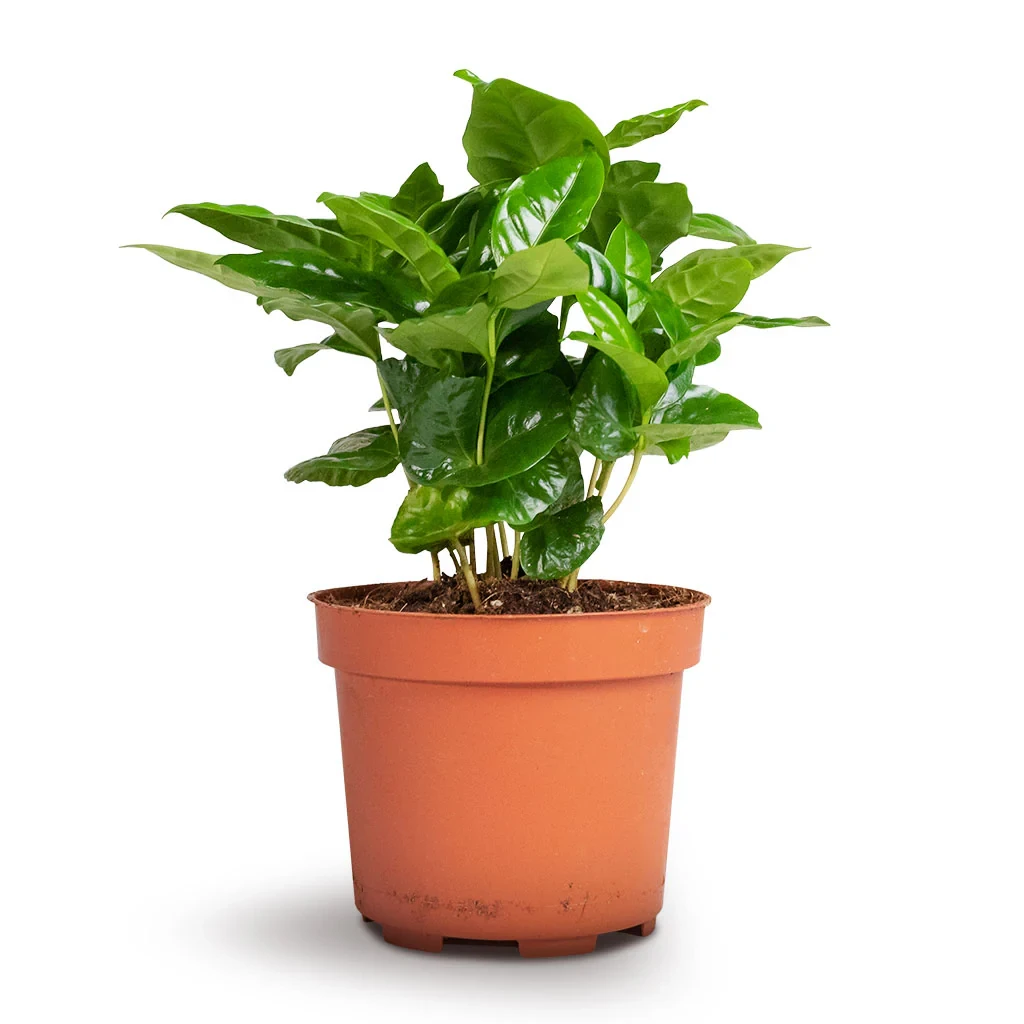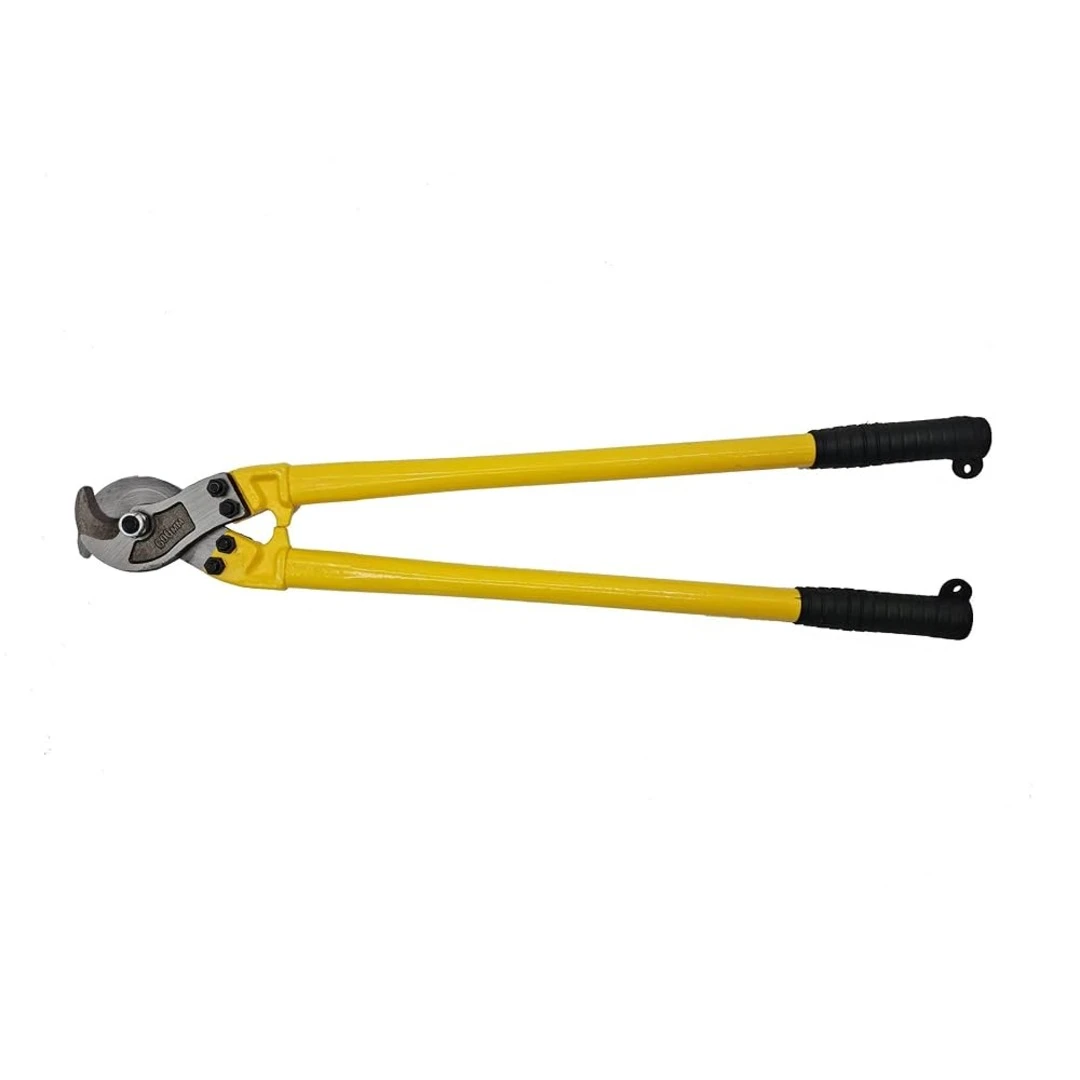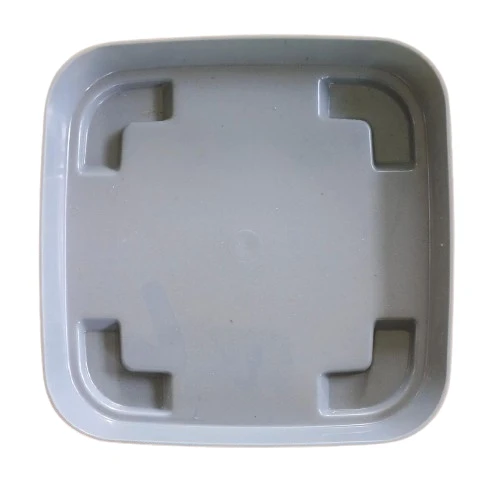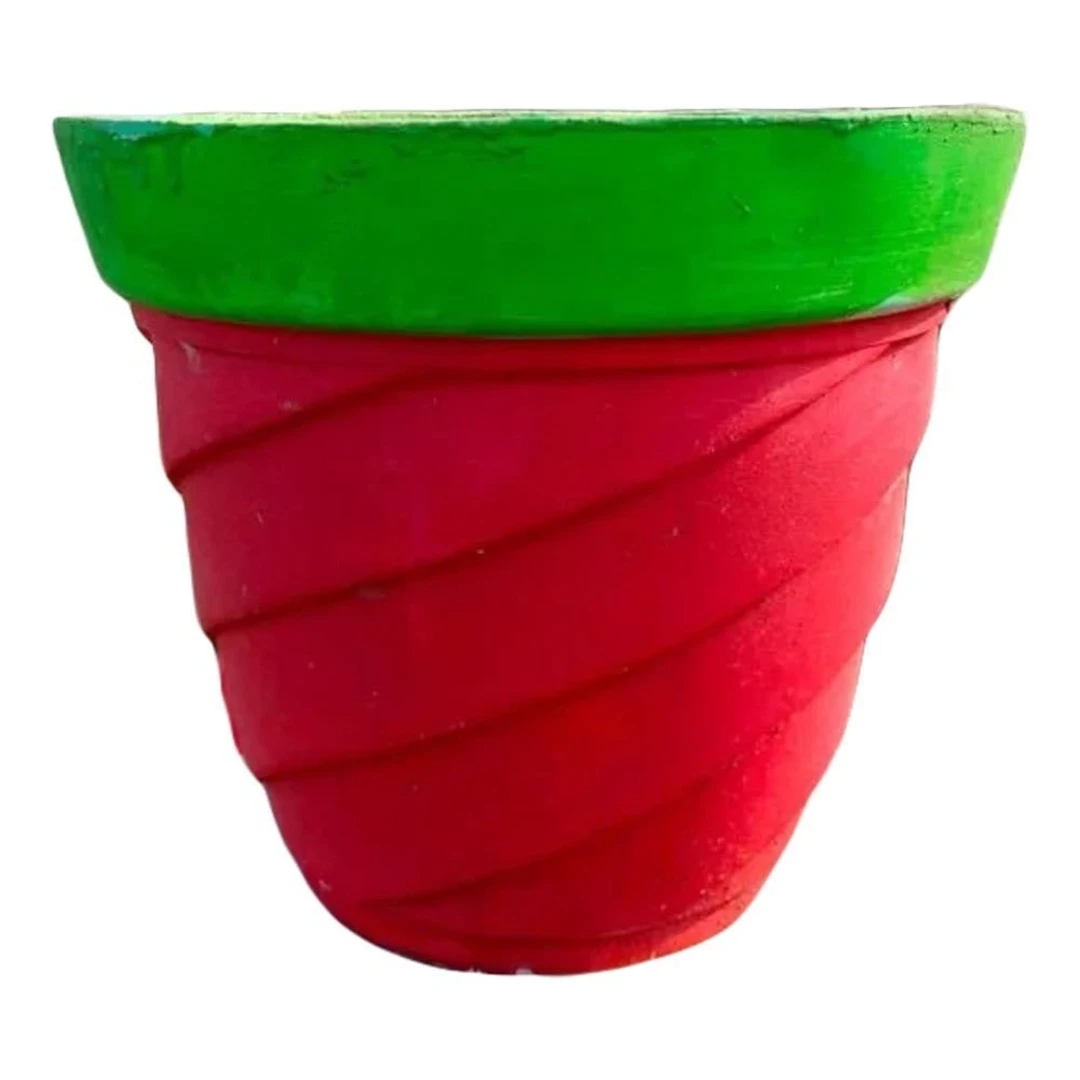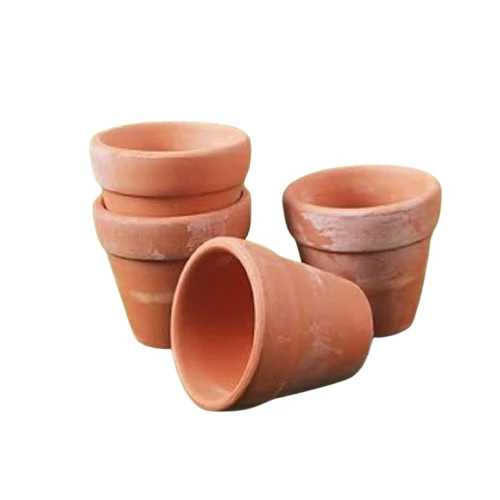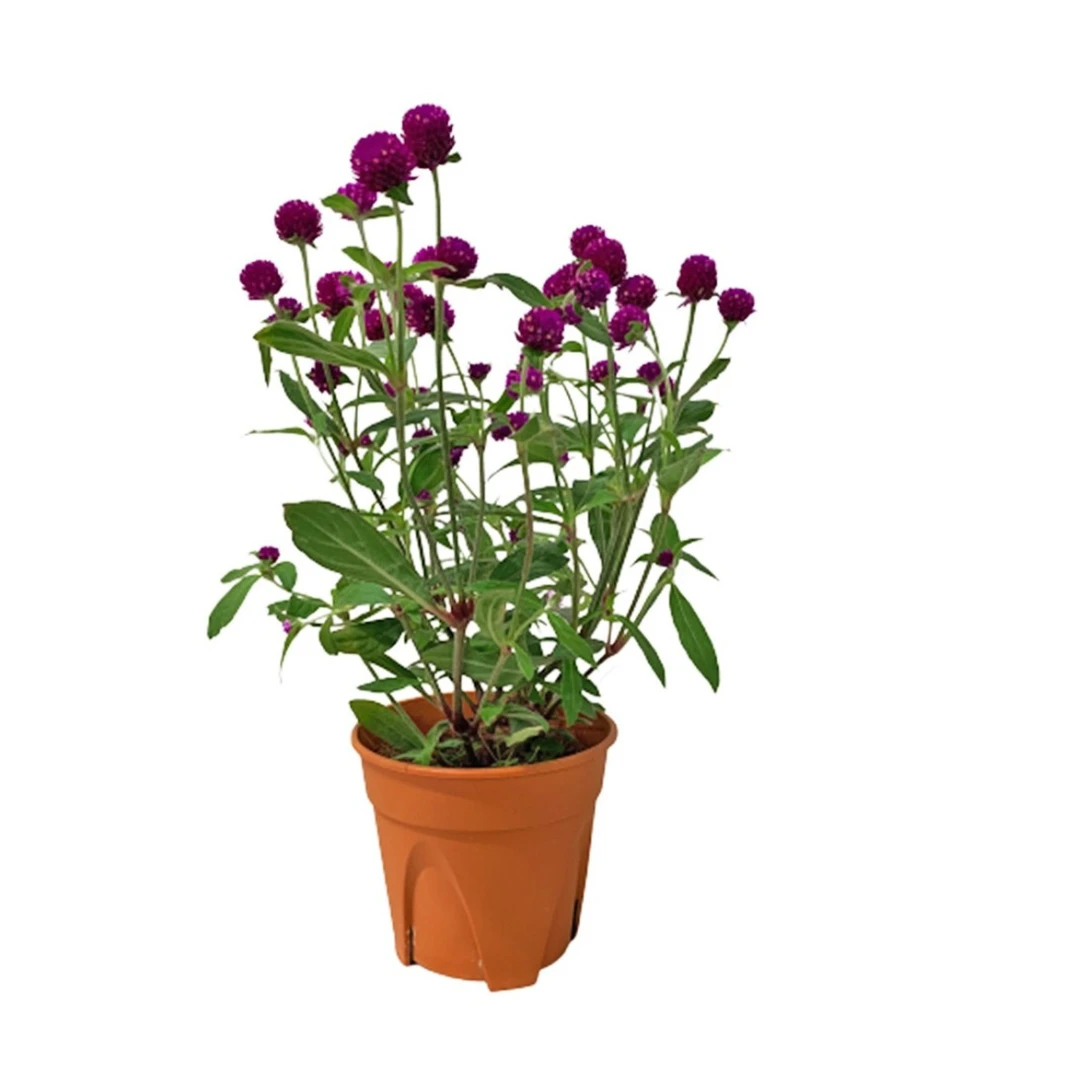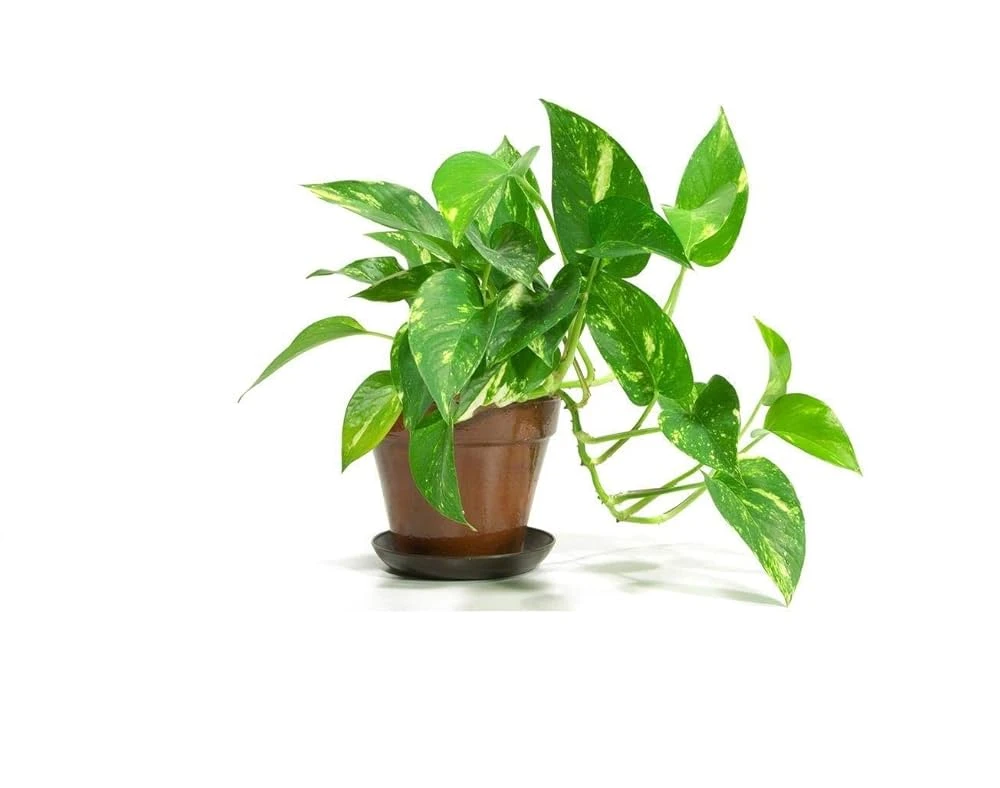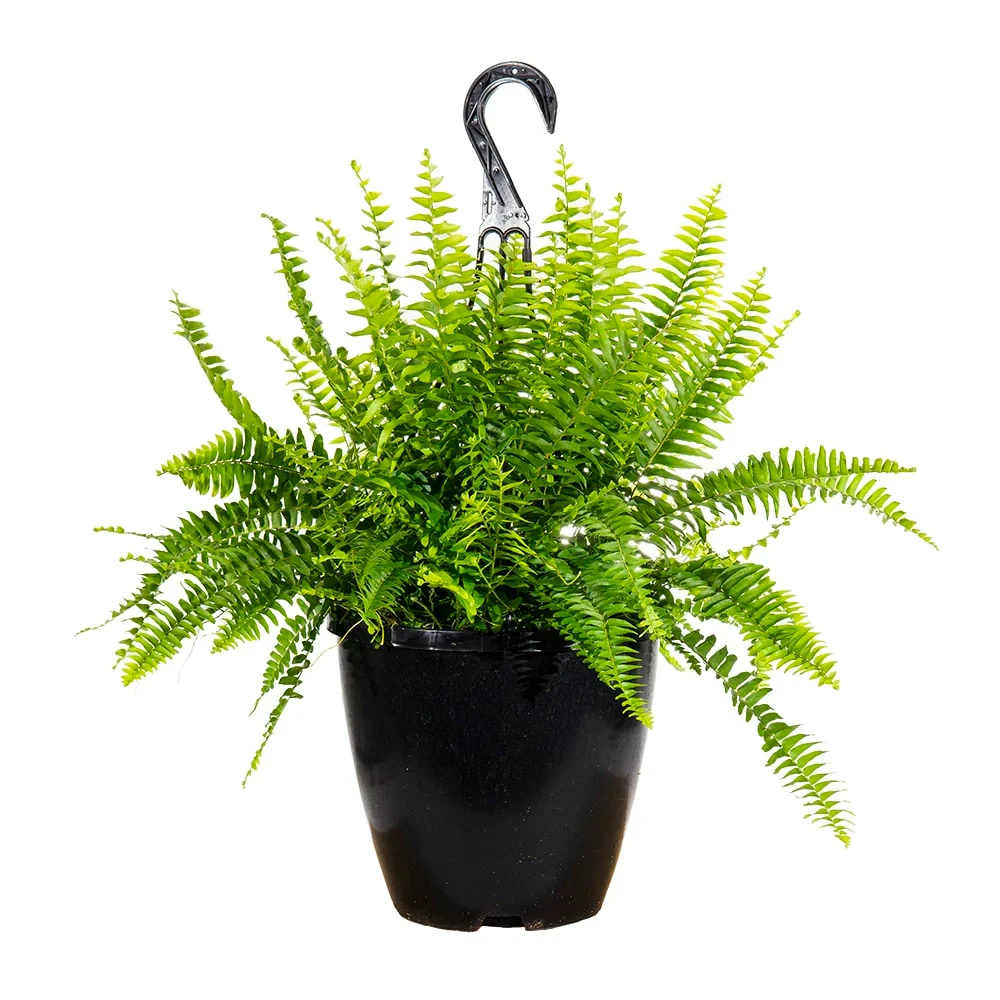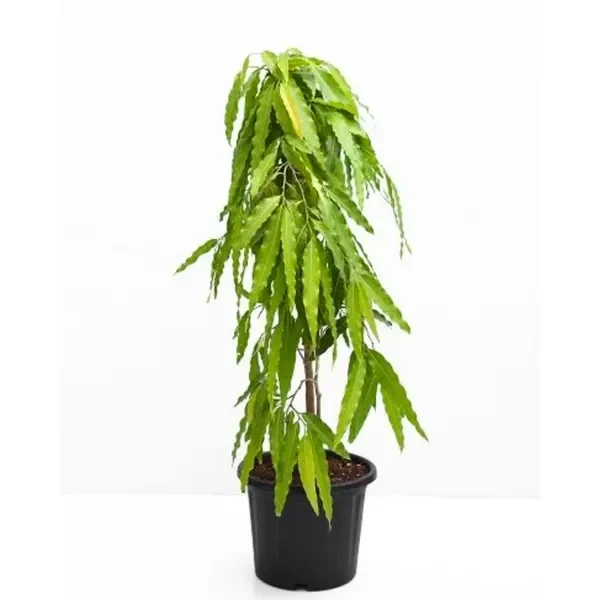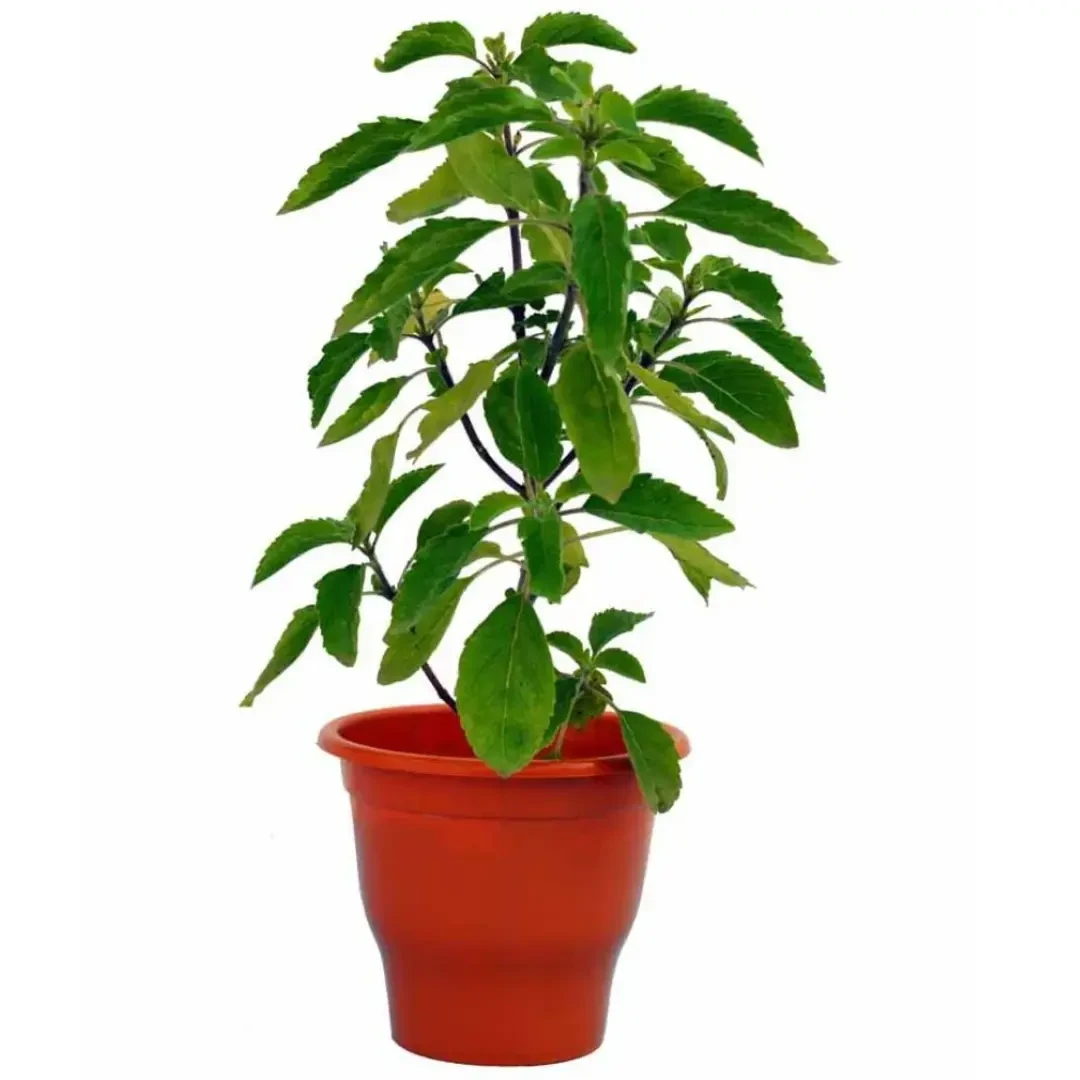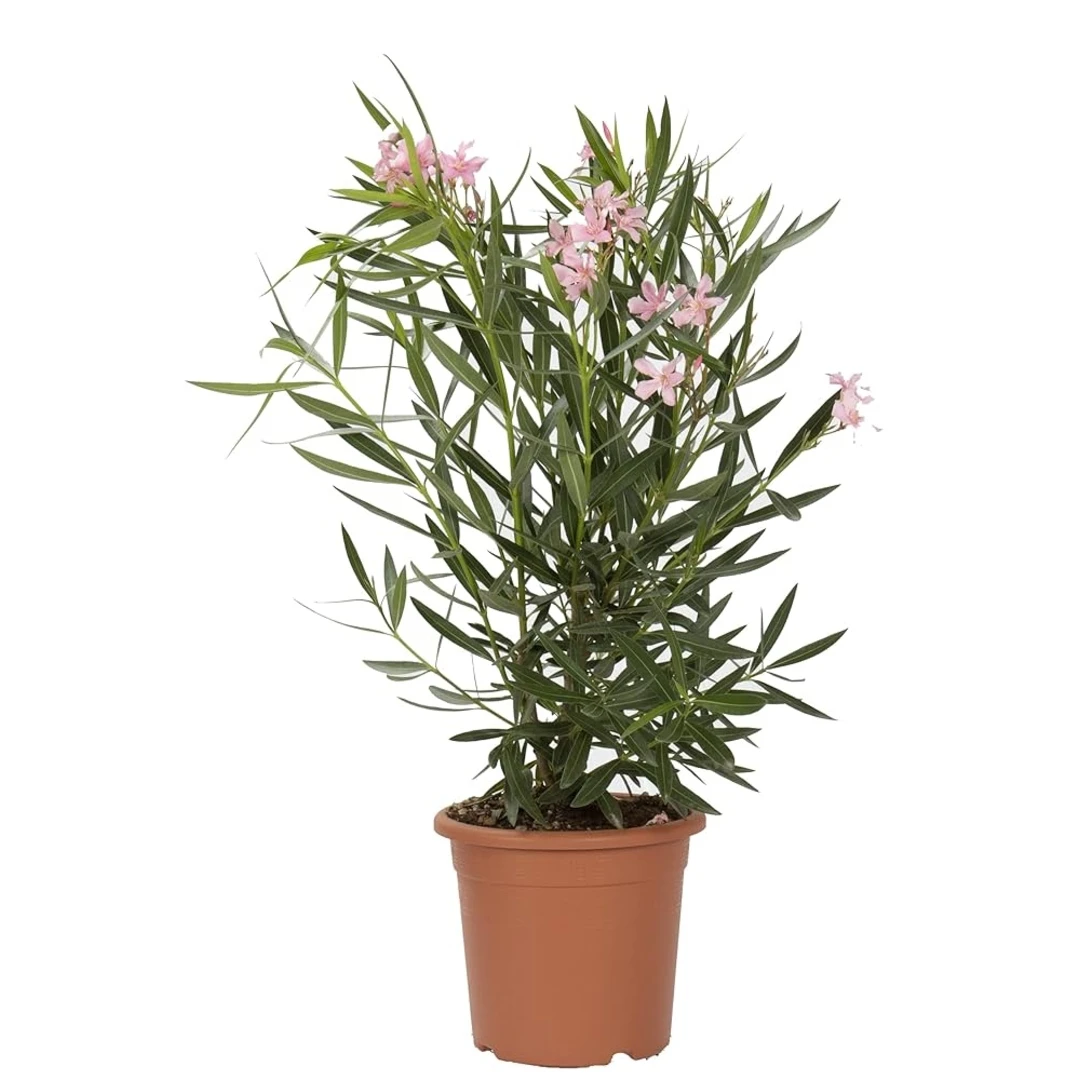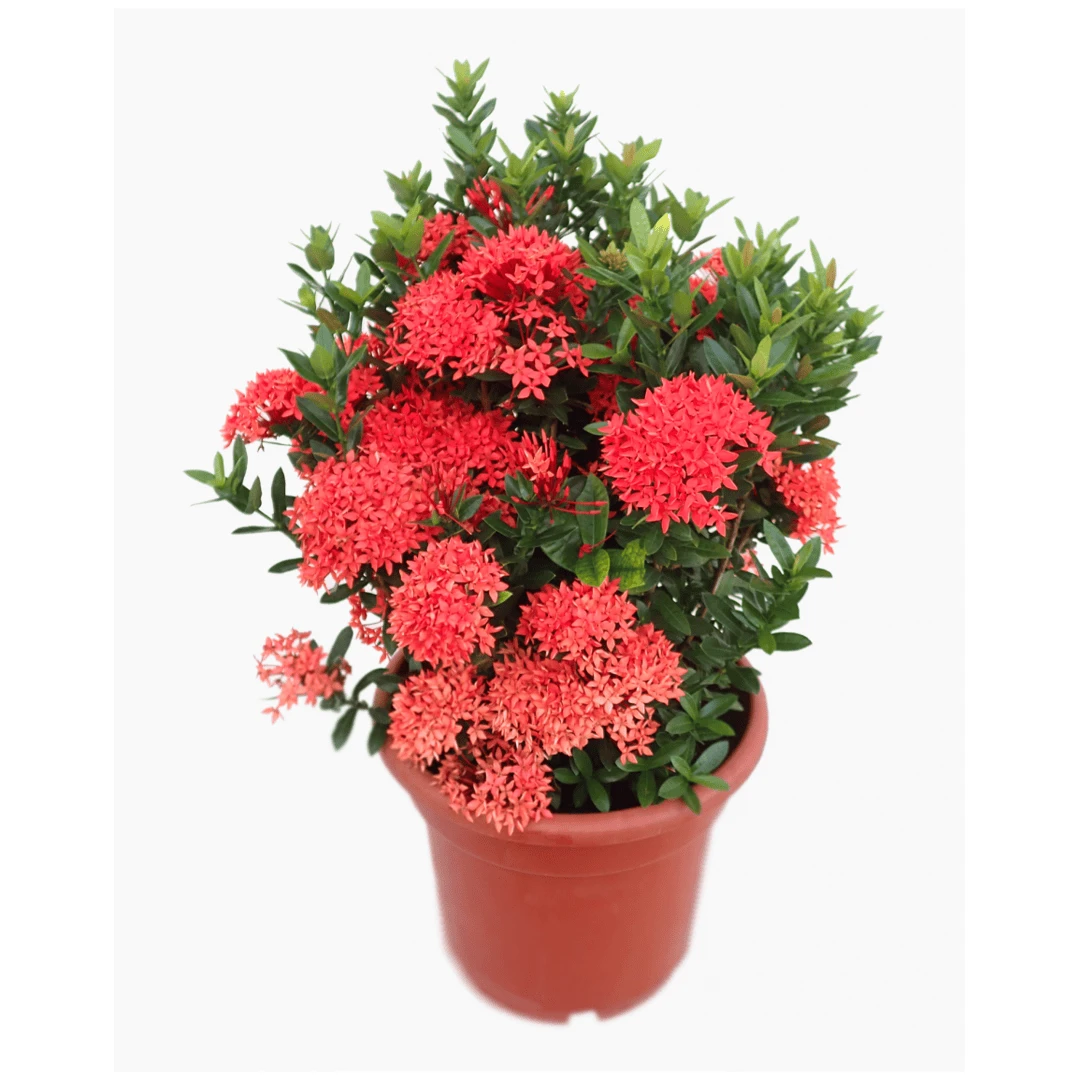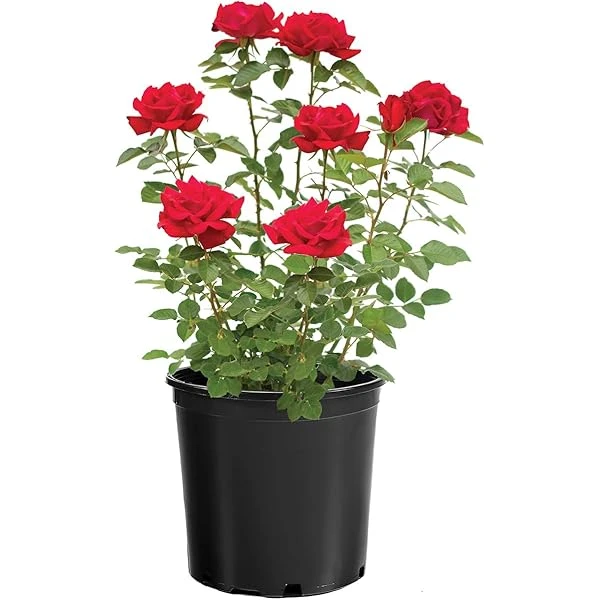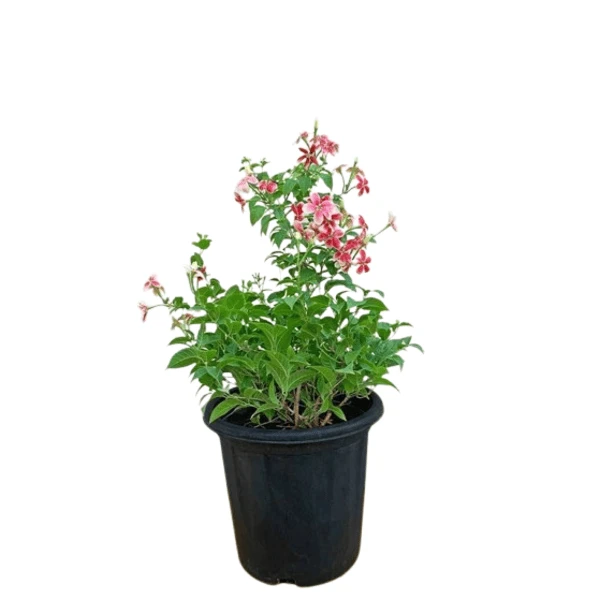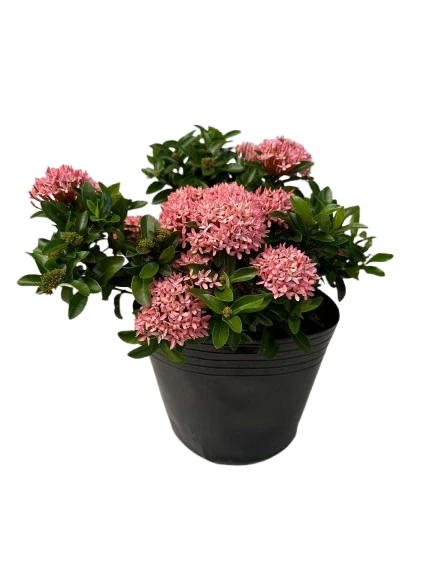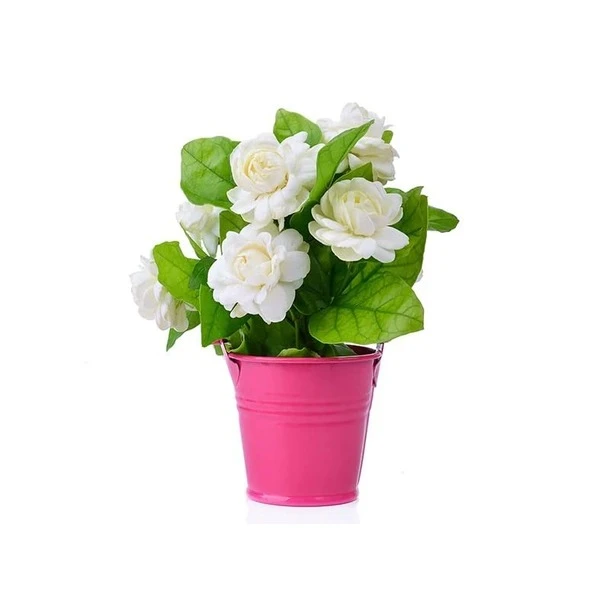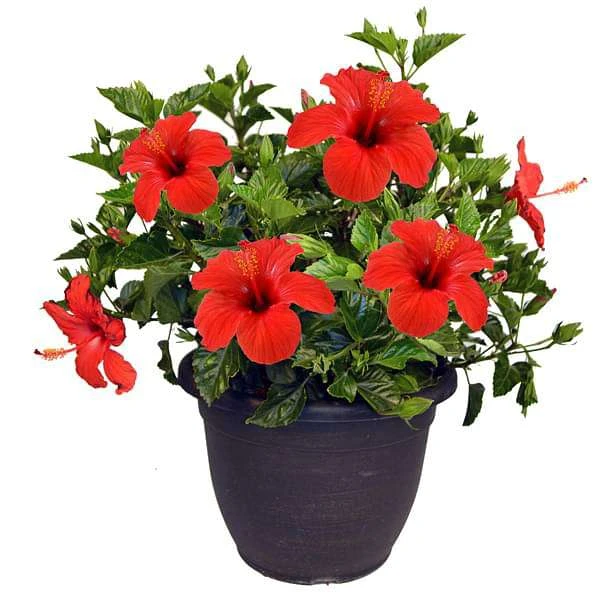Hemileia is a genus of rust fungi, known for causing diseases like coffee leaf rust (CLR) in coffee plants. These fungi are characterized by specific spore and sorus (cluster of spores) features. Hemileia species are primarily found in tropical and subtropical regions and are considered important crop pathogens.
Key characteristics of Hemileia:
Spore shape and ornamentation:
Hemileia species have unique urediniospores (a type of spore) that are ovoid to kidney-shaped, smooth on one side and delicately to coarsely spiny on the other.
Sorus type:
They produce suprastomatal, bouquet-shaped sori, meaning the spore clusters form above stomata (pores) on the leaf surface.
Host range:
While Hemileia vastatrix is the primary pathogen of coffee, other species in the genus can infect various plants, particularly in the Rubiaceae and Apocynaceae families.
Phylogeny:
Molecular data places Hemileia among the more basal lineages of rust fungi.
Disease cycle:
Hemileia vastatrix, for example, has a urediniosporic life cycle, meaning it primarily spreads through urediniospores.
Geographic distribution:
The genus has a pan-tropical distribution.
Hemileia vastatrix and Coffee Leaf Rust:
Coffee rust:
Hemileia vastatrix is the fungus responsible for coffee leaf rust, a devastating disease that affects coffee production.
Impact on coffee:
The disease causes chlorotic (yellowing) spots on leaves, reduces yields, and can lead to premature leaf drop, impacting fruit production.
Spread:
The disease spreads through spores carried by wind, rain, and other means, facilitated by favorable conditions like high humidity.
Control:
Management strategies include disease-resistant varieties, proper fertilization, pruning, and appropriate fungicide application.



